🦆 Welcome Back, Ducktypers!
🎯 Today's Technical Roadmap
This is what we have today on the menu:
QuackChat_Structure = {
"Computer_Control": "Claude 3.5 Implementation",
"Image_Generation": "SD 3.5 Architecture",
"Enterprise_AI": "Granite 3.0 Systems",
"Benchmarks": "Performance Analysis",
"Practical_Applications": "Implementation Guide"
}🤖 The Big One: Claude Gets Physical
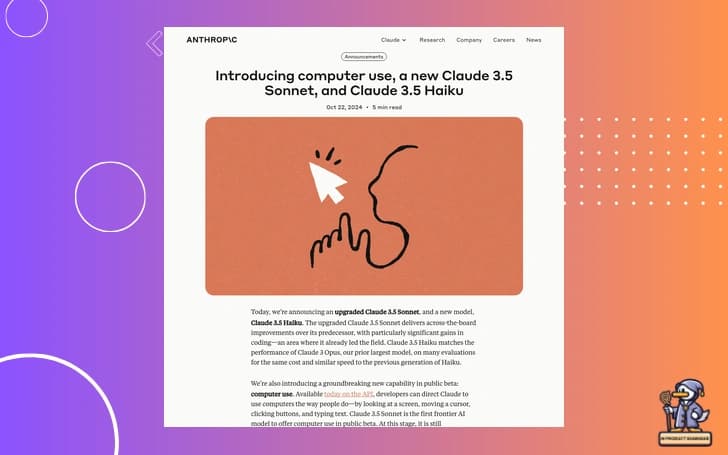
Let me tell you something fascinating: Anthropic just gave Claude 3.5 Sonnet the ability to actually use computers. Yes, you heard that right - we're talking about an AI that can move cursors, click buttons, and interact with interfaces just like a human would.
┌────────────────┐ ┌─────────────────┐ ┌────────────────┐
│ User Input │────▶│ Claude 3.5 │────▶│Computer Control│
└────────────────┘ │ Processing: │ │ Actions: │
│ - Vision │ │ - Mouse │
│ - Planning │ │ - Keyboard │
│ - Execution │ │ - Interface │
└─────────────────┘ └────────────────┘
🤭 You know what's funny? The release notes describe it as "experimental" and "at times error-prone." Talk about understatement of the year! But isn't that exactly how we humans learned to use computers too?
You can check out the official announcement here.
Here's a simple pseudocode example of how it works:
# Example of Claude's computer control
def claude_computer_interaction():
while True:
# Observe screen state
screen_state = capture_screen()
# Analysis phase
elements = identify_interactive_elements(screen_state)
action_plan = determine_next_action(elements)
# Action phase
if action_plan.type == "CLICK":
move_cursor(action_plan.coordinates)
perform_click()
elif action_plan.type == "TYPE":
input_text(action_plan.content)
# Verify action
verify_action_success()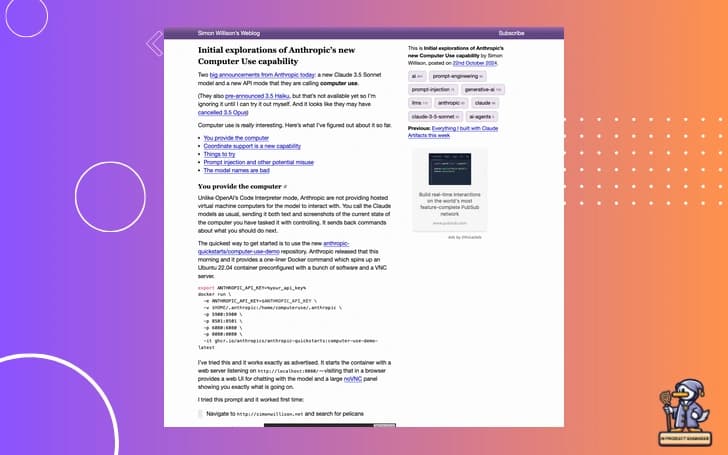
For those interested in the technical details, Simon Willison has an excellent exploration of the capabilities where he tested various scenarios.
Let's look at the numbers:
Performance Metrics:
━━━━━━━━━━━━━━━━━━━━━━━━━━━━━━━━━━━━━━━
Screenshot Tasks │██████░░░░░░░░░░ 14.9%
Multi-step Tasks │████████░░░░░░░░ 22.0%
Human Baseline │██████████████░░ 70.0%
━━━━━━━━━━━━━━━━━━━━━━━━━━━━━━━━━━━━━━━
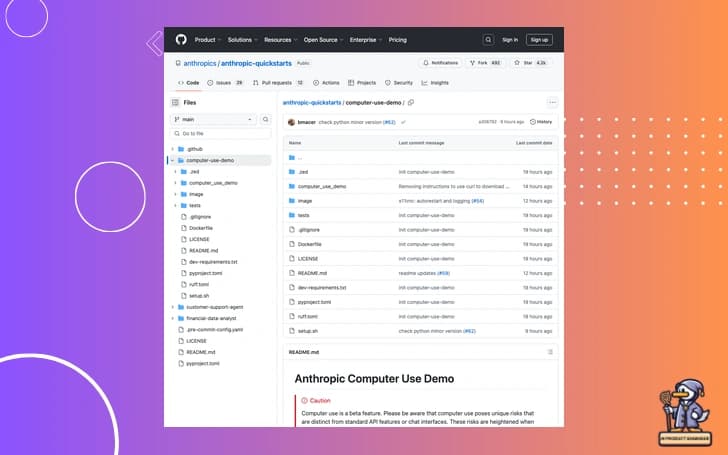
You can try it yourself using the quickstart demo from Anthropic's GitHub.
🎨 Stable Diffusion 3.5: Architecture Deep-Dive

Now, this is where it gets really interesting. While everyone was focused on Claude, Stability AI quietly dropped Stable Diffusion 3.5. No pre-announcement, no hype - just boom, here's your new image generation model.
Architectural Comparison Diagram
┌─────────────────────┐ ┌──────────────────┐ ┌────────────────┐
│ SD 3.5 Large │ │ SD 3.5 Turbo │ │ SD 3.5 Medium │
│ - Full Quality │ │ - Speed Focus │ │ - Balanced │
│ - Higher VRAM │ │ - Optimized │ │ - Coming Soon │
└─────────────────────┘ └──────────────────┘ └────────────────┘
The release includes:
- SD 3.5 Large (available now)
- SD 3.5 Turbo (for speed demons)
- SD 3.5 Medium (coming October 29)
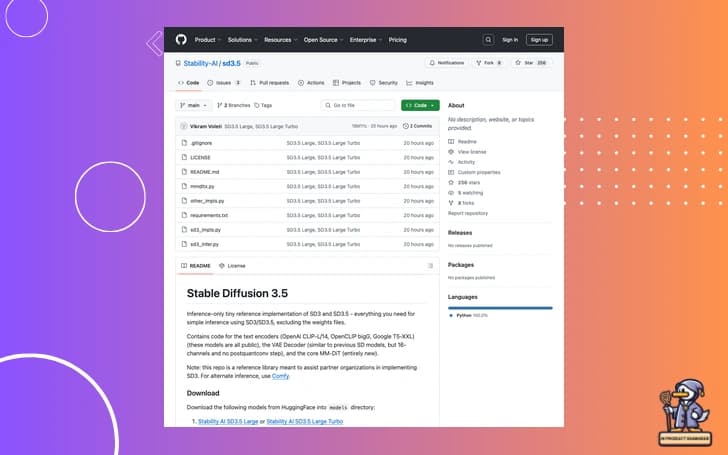
It is available at Hugging Face and GitHub, let's examine the technical implementation:
# Stable Diffusion 3.5 Implementation Example
class SD35Pipeline:
def __init__(self, variant="large"):
self.model = self.load_model(variant)
self.scheduler = self.configure_scheduler()
def generate_image(self, prompt, steps=50):
# Initialize latent space
latents = self.get_random_latents()
# Key SD 3.5 improvements
latents = self.apply_query_key_normalization(latents)
# Denoising loop with new optimizations
for t in range(steps):
# Enhanced cross-attention mechanisms
latents = self.improved_unet_step(latents, t, prompt)
# New feature: Dynamic resolution scaling
if self.should_upscale(t):
latents = self.resolution_enhancement(latents)
return self.decode_latents(latents)And you can see how the models provide a nice balance between prompt adhenrence and generation speed:
Performance Comparison Graph
Model Comparison Metrics:
━━━━━━━━━━━━━━━━━━━━━━━━━━━━━━━━━━━━━━━━━━━
Prompt Adherence │███████████░░ SD 3.5
│██████████░░░ SD 3.0
│████████░░░░░ Flux
────────────────────────────────────────────
Generation Speed │████████░░░░░ SD 3.5
│██████░░░░░░░ SD 3.0
│███████████░░ Turbo
━━━━━━━━━━━━━━━━━━━━━━━━━━━━━━━━━━━━━━━━━━━
Not trying to be conspiratorial, but between you and me, the community is already debating whether it can dethrone Flux in image quality. Speaking of which, what's your experience with these models? Drop a comment below - I'm genuinely curious!
💼 Enterprise AI: Granite 3.0 System Architecture
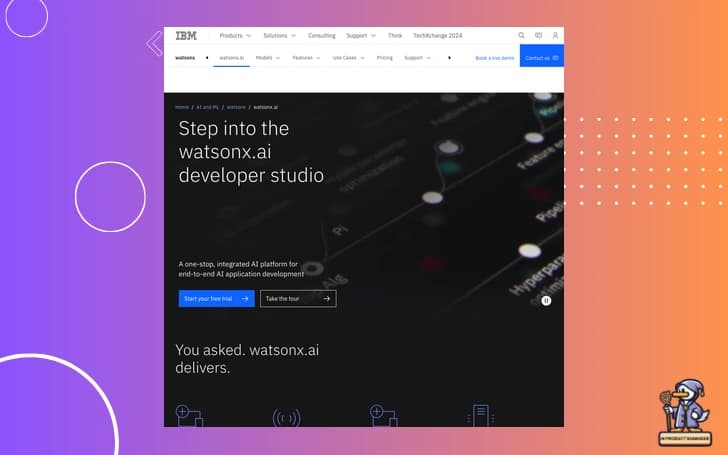
IBM just launched Granite 3.0, and it's not just another model release. Think about this: it's trained on 12 trillion tokens across 12 languages and 116 programming languages. That's like giving every developer in your organization their own personal AI assistant who speaks every programming language imaginable.
Enterprise Integration Diagram
┌────────────────┐ ┌───────────────────┐ ┌────────────────┐
│ Input Sources │ │ Granite 3.0 │ │ Applications │
│ - 12 Languages│───▶│ Processing: │───▶│ - Code Gen │
│ - 116 Prog. │ │ - Translation │ │ - Analysis │
│ Languages │ │ - Code Analysis │ │ - Documentation│
└────────────────┘ └───────────────────┘ └────────────────┘
The fascinating part? It's outperforming similarly sized Llama-3.1 8B on the OpenLLM Leaderboard. For those keeping score at home, that's quite the achievement for an enterprise-focused model.
Implementation example from IBM's documentation:
# Granite 3.0 Enterprise Integration
class GraniteEnterpriseSystem:
def __init__(self):
self.model = GraniteModel.from_pretrained('ibm/granite-3.0-8b')
self.tokenizer = AutoTokenizer.from_pretrained('ibm/granite-3.0')
def process_enterprise_query(self, input_text, task_type):
# Multi-language detection and routing
lang = self.detect_language(input_text)
# Context-aware processing
if task_type == "code_generation":
return self.generate_code(input_text, lang)
elif task_type == "analysis":
return self.analyze_code(input_text, lang)
def generate_code(self, spec, language):
context = self.build_enterprise_context(spec)
return self.model.generate(
prompt=context,
max_length=1000,
temperature=0.7,
lang=language
)And if you are curious about how the model was trained:
Training Data Distribution Chart
Token Distribution (12T total):
━━━━━━━━━━━━━━━━━━━━━━━━━━━━━━━━━━━━━━━
Natural Language │██████████████ 45%
Code │███████████░░░ 35%
Enterprise Data │██████░░░░░░░░ 20%
━━━━━━━━━━━━━━━━━━━━━━━━━━━━━━━━━━━━━━━
📊 Comparative Analysis & Benchmarks
Let us put it in perspective and compare it with other popular commercial models:
# Benchmark Results Parser
def parse_benchmark_results():
return {
"claude_3.5": {
"swe_bench": "49.0%", # Up from 33.4%
"computer_use": "22.0%",
"math_performance": "27.6%"
},
"stable_diffusion_3.5": {
"prompt_adherence": "84.2%",
"image_quality": "92.1%"
},
"granite_3.0": {
"code_completion": "78.5%",
"multi_language": "89.3%"
}
}Each of them have different strengths and we must decide which one solves our problems best. I always emphasize that there is no single one best model. And as the saying goes, if the only tool you have is a hammer, all your problems look like nails!
Let me share wit you more resources for further exploration:

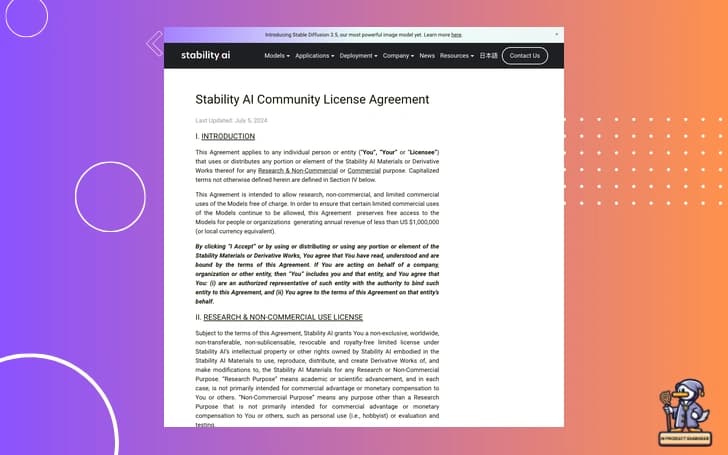

🎓 The Teaching Moment
Let's break down why these developments matter:
- Computer Control: This is the first step toward AI systems that can actually do things in the real world through computer interfaces
- Competition: The surprise SD 3.5 release shows how competitive the AI space has become
- Enterprise Integration: We're seeing AI move from research curiosity to practical business tool
Think about it - just a year ago, we were excited about AI understanding prompts. Now it's using computers like a human would!
And where are we headed?
Technology Evolution Timeline
2024 ──────────────────▶ 2025
│ │
Computer Control Advanced
(Claude 3.5) Automation
│ │
SD 3.5 ───────────────▶ Multimodal
│ Generation
│ │
Enterprise ───────────▶ Full Stack
Integration AI Systems
🎯 Action Items for Ducktypers
- Try out Claude's computer use feature (safely!)
- Experiment with SD 3.5 and share your results
- Consider how these tools might change your development workflow
Remember, as we always say in class: "The best way to understand AI is to use it!"
🌟 Until Next Time
That's all for today's episode of QuackChat. Remember to like, subscribe, and share your thoughts below. And as always...
Keep typing, keep learning, and keep pushing the boundaries of what's possible!
Your friend in AI, Prof. Rod 🦆


